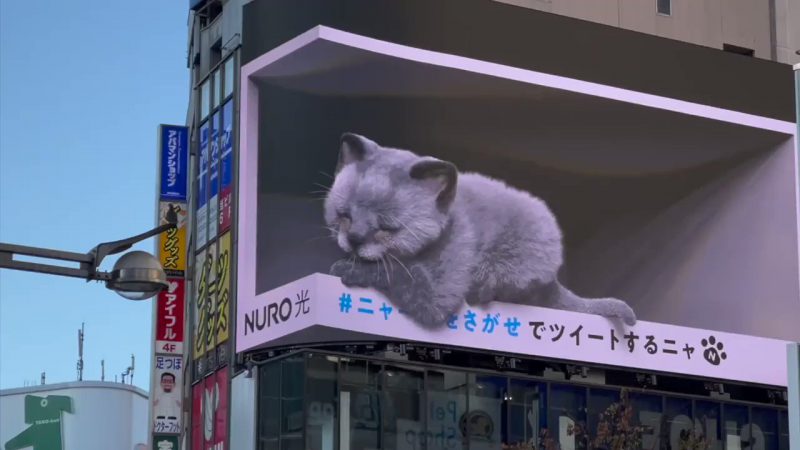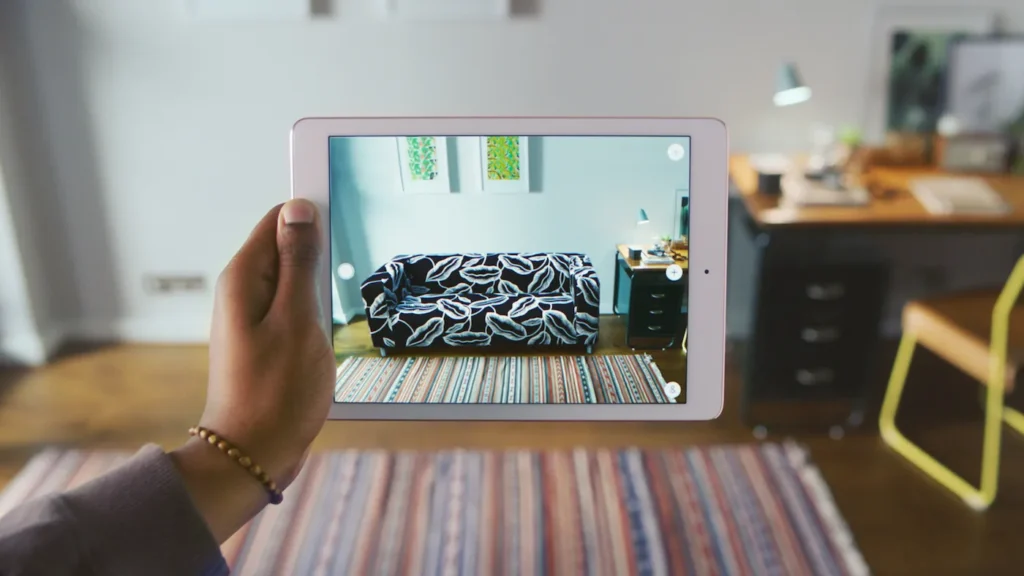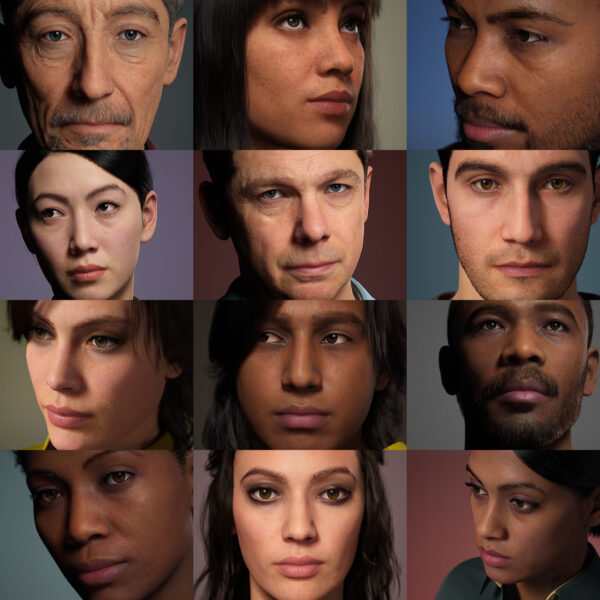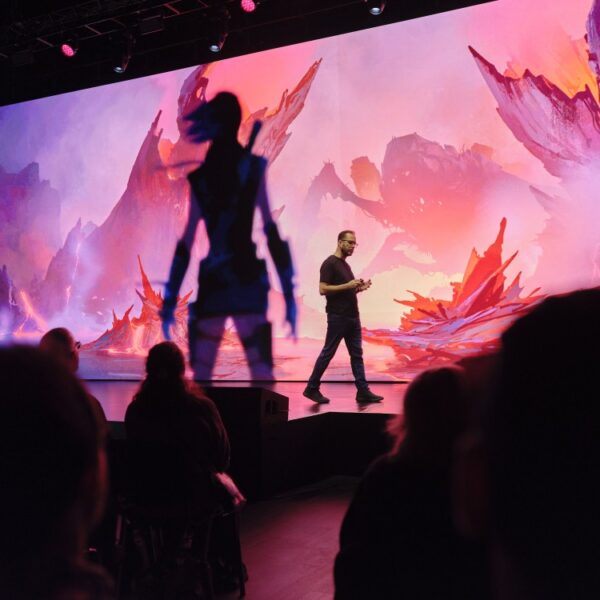AR: Next Frontier For Ad-Tech, or Parodic Hype
In the rapidly evolving domain of Augmented Reality (AR) advertising, brands try their best to make the most of what tech has to offer to attract, retain, and monetize your attention and financial status.
We’re exploring some of the heavyweights of this industry, such as Rock Paper Reality, and AMRA and ELMA, among others, to see whether AR and 3D tech is something that will dominate advertising and marketing in 2024 and beyond, or if it was just a temporal hype associated with the 2021-23 metaverse narratives.
You’ve probably seen a bunch of viral reels that showcase how 3D digital billboards and AR technology can be used to enhance the experience of the end user while creating a strong and unforgettable brand narrative that people will talk about for ages to come.

Cat 3D LED Billboard in Tokyo
As we delve deeper into a data-first world, dominated by smart handheld devices and connected technologies, it is natural to expect that hi-tech aspects that were once only intriguing and accessible to techies and computer geeks, would become widespread through everyday life aspects of reality that affect anyone regardless of their direct involvement or understanding of the technologies they’re using.
A primer example is digital cash and online shopping. Not everyone understands how the SWIFT system works, or how payments are processed or secured when we pay for our coffee with our debit card, or smartphone nowadays, yet we casually interact with such services as they have been embedded in “normality”.
Brands recognize the vast adoption of Internet and cloud-powered services and thus adjust their approach to advertisement accordingly. You would most likely buy something off an online shop, after following an ad that showcased an arsenal of purchasing options, rather than go out wandering in the physical market for obvious efficiency-related reasons.
In light of that, edge marketing practitioners have taken it a step further and are now able to offer tailored advertising in the form of personalized ads. For example, IKEA allows you to see what furniture will actually look like in your space and whether it would fit that corner in your living room, before you purchase it, and definitely without you driving to IKEA to test it out. Similar practices have been adopted by fashion brands where you get to see how a piece of cloth or wearable asset would look on you, before committing to it.

IKEA AR Services allow you to see what furniture might look like in your space in real-time.
While it’s easy to presume that all these brands are leveraging the technology themselves and doing everything in-house, it’s almost never the case. Not even for the largest brands like NIKE, LV, and tech giants like Apple. So who’s actually to credit? 🤔
Who’s Doing AR Like A Boss
There are a bunch of traditional marketing agencies that now offer AR and 3D services and campaigns, and a plethora of new pop-ups, that focus specifically on that vertical. Here are a few top-shelf mentions:
AMRA & ELMA
Amra & Elma is one of the top AR marketing agencies that specialize in a range of marketing and immersive VR & AR solutions, including trade fairs, influencer interactions, virtual reality, augmented reality, simulated events, video production, and other services.
Their founders are pros at constructing brands and expanding businesses. They are two well-known social media influencers with a collective following of over 2M users on social media. Yahoo News and have acknowledged them for creating a “Digital Empire,” and Nasdaq named them the “Top Marketers.”
The Washington Post, Cosmopolitan, CNN, Yahoo News, Business Insider, Bloomberg, Marie Claire, CNN, and many other prominent media outlets have acknowledged and promoted their work. The Financial Times referred to them as the “Top Digital Agency,” while Forbes referred to them as the “Epicenter of Influence,” after interviewing them over ten different times.
They aid businesses from a range of industries in creating distinctive brand identities that provide them with a significant competitive advantage. In order to provide content and immersive experiences that people want to share and connect with, they also work together with some of the best photographers and visual artists in the world.
AMRA & ELMA has been trusted by some of the cream brands out there, including but not limited to:
- Age of Wonders
- Fortnite
- Final Fantasy XV
- Fall Guys: Ultimate Knockout
- Warner Bros
- Disney
- Netflix
- Huawei
- HTC
- Nestle
- L’Oreal
- Avon
- Virgin Voyages
- Enterprise
- Gurney’s
- W Hotels
- Knickerbocker
- Hard Rock Cafe
- Taj Hotels
- Kimpton Hotels & Restaurants
- Bvlgari Hotels & Resort
- Mandarin Oriental Hotel Group
Rock, Paper, Reality
With their inventive and collaborative approaches, Rock Paper Reality Agency helps businesses identify and resolve their business issues, whether they are searching for strategic insight into the interactive market or an innovative approach utilizing cutting-edge immersive technology.
Rock Paper Reality, one of the leading AR marketing agencies, is uniquely suited to assist clients in both business and technology because of its extensive worldwide network of reliable consultants, strategists, designers, and developers.
Some of their clients include:
- Ben & Jerry’s
- Chronic Cellars
- De Bortoli
- Saatchi Art
- Lenovo
Aircards
One of the leading AR marketing agencies, Aircards is a group of experts in creating web-based AR & VR experiences. They have offices in Newcastle Upon Tyne, the United Kingdom, and New York City, the USA, and their distinctive corporate structure offers the utmost flexibility for clients throughout the world.
They are a top-tier group of knowledgeable Web AR/VR developers, 3D artists, and creatives who have a solid track record of completing highly customized projects for enterprise brands.
Aircards has worked with:
- Niceverse
- Summit Scrable
- Haribo
- Lush Snow Fairy
- Diablo Immortal
Honorable Mentions
- DressX
- Auroboros
- Granth
- Holdens
- MNG
- CMW Marketing
- Engine Creative
Where It All Leads
While it’s nice to walk around a metropolis and see all these fancy cool advertisements, it looks like XR in general relies heavily on the spread of AR, way more than VR for obvious reasons. Not everyone owns a headset or knows how to operate it, even if it’s relatively easy if you have a gaming or computer background, yet everyone has a phone with internet accessibility and a camera, and everyone can take a stroll in the city.
Stepping back and putting the commercial and marketing use cases aside, AR technologies can help traffic management, education, healthcare, people with disabilities, and the elderly to make better sense of their environment, and navigate it seamlessly and interactively, instead of spending hours scrolling before they extract the value they were looking for.

14 January 2021 Panasonic took to the digital stage at this year’s Consumer Electronics Show (CES) to reveal its new augmented reality (AR) head-up display (HUD). The AI-powered display is capable of showing lane edges, objects in the road, and bridge heights, as well as the more standard dashboard information like speed and route guidance.
Of course, no matter how efficient and bright our lives become with the implementation of such technologies, we shouldn’t turn a blind eye to the downsides.
Interacting and accepting such technologies automatically means we are willingly giving these companies the right to monitor us 24/7 if they weren’t already, and in some cases, they could even dictate what we see, what are our options, and what sort of access we’re in generally provided and/or restricted with.
There’s a pretty cool concept short film by Keiichi Matsuda, where he tackles the ethical boundaries of such tech from a philosophical perspective, presenting us with a future smart city that’s masked by AR and where nothing really is what it seems to be. Scary, but equally viable as all the good use cases that this technology promises.
What do you think of XR and AR technology specifically? Let me know in the comments below. If you’re not part of Plateia, feel free to create a free account and join the internet geek army <3
Alternatively, I am reachable via Threads, Twitter, or Insta.
Catch you online! ✨

















